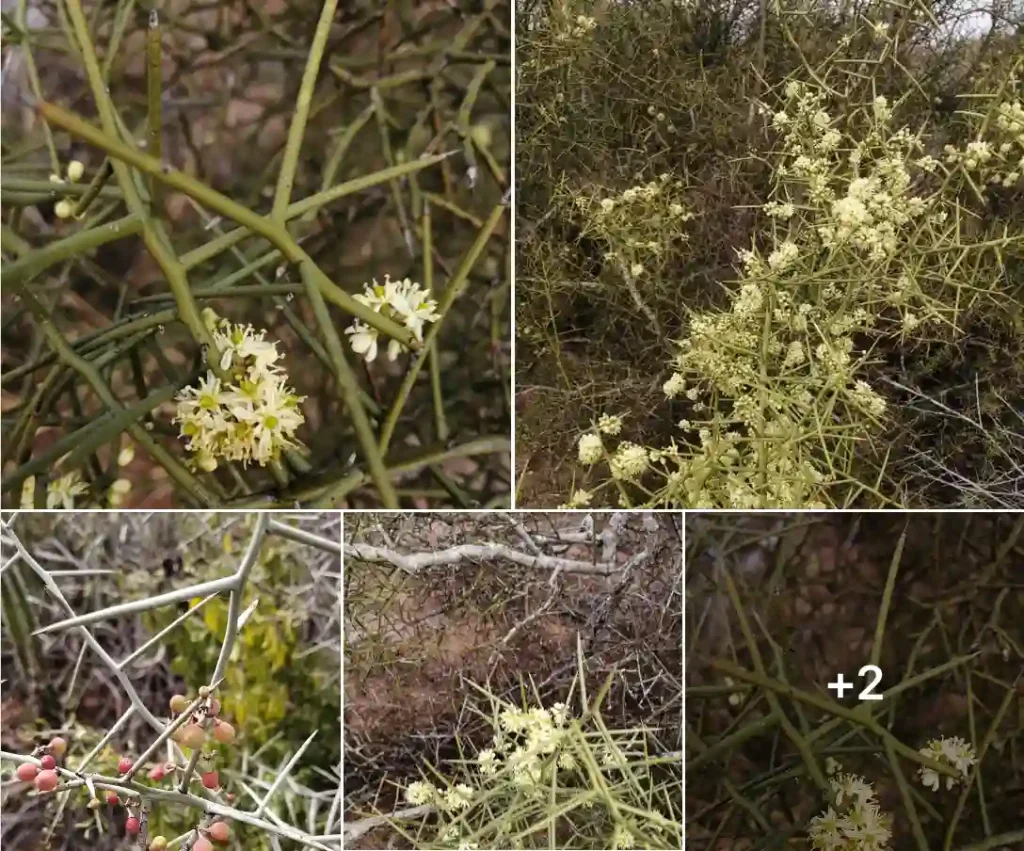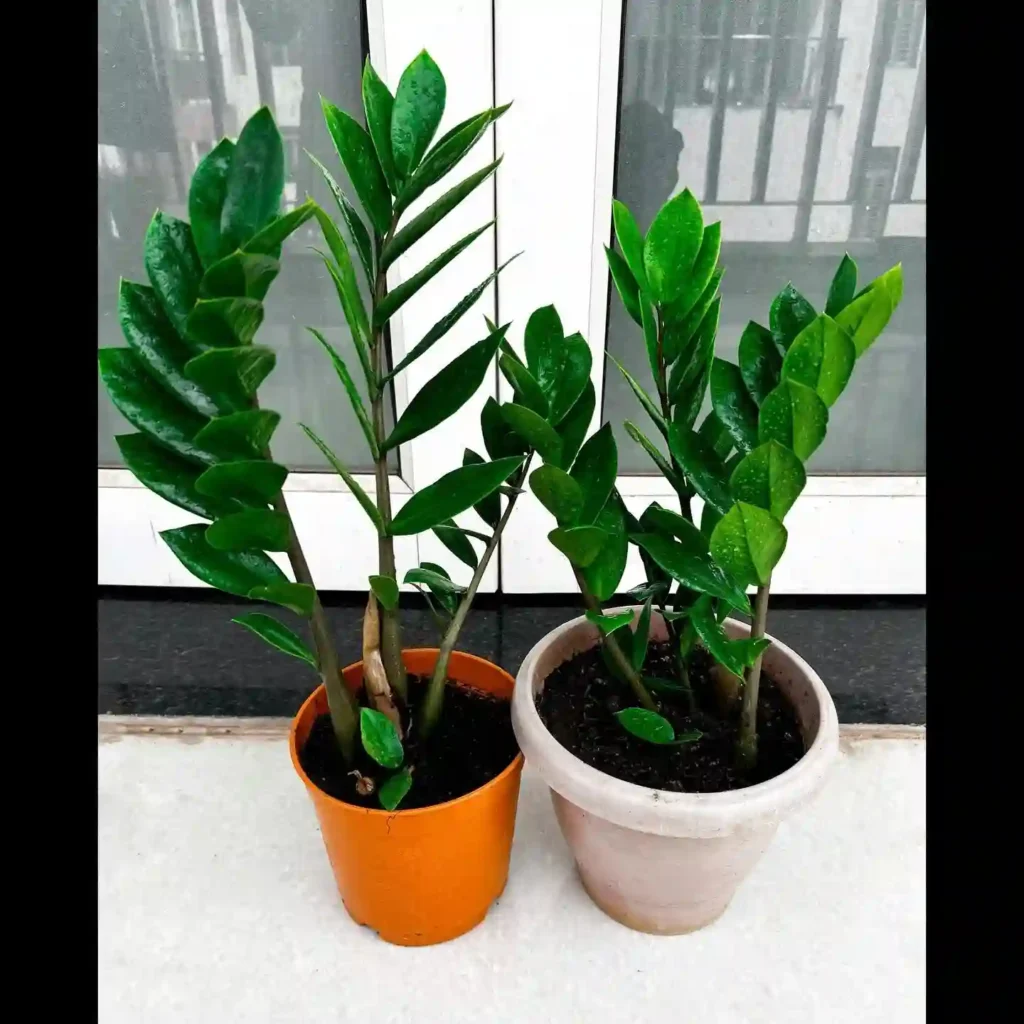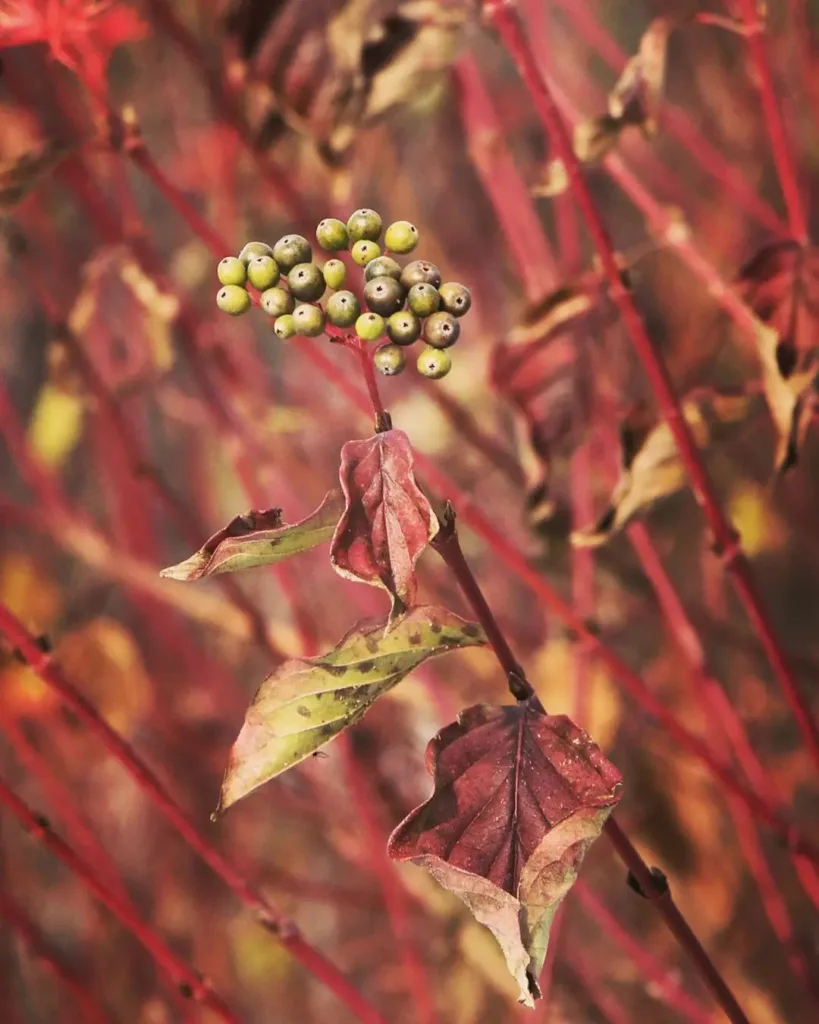Cladium: A Personal Exploration of Sawgrass
My name is Ferb Vu, and I’ve always been drawn to the intricate beauty of the natural world. Recently, my attention has been captured by a fascinating genus of plants known as Cladium. These plants, often called sawgrass, twig-sedge, or fen-sedge, are a testament to nature’s ability to combine delicate beauty with robust resilience. I’m excited to share my growing knowledge of this intriguing genus.
Understanding Cladium: A Closer Look
Cladium belongs to the Cyperaceae family, which also includes the more familiar sedges. What sets Cladium apart are its distinctive features. Imagine long, slender leaves, reminiscent of grass, but with edges that are sharply serrated, like a saw. These leaves, often reaching impressive heights, emerge from robust, deeply buried rhizomes, a testament to the plant’s ability to thrive in challenging environments.
These plants are true survivors, often found in wetlands, marshes, and along the edges of waterways. Their ability to tolerate wet, even flooded conditions, makes them a vital part of these unique ecosystems. I’ve been particularly struck by the way Cladium stands tall and proud, its graceful leaves swaying in the breeze, even when surrounded by water.
Delving into Diversity: Species in Cladium
- Cladium costatum: This sedge-like plant is often found in wetland environments, recognized by its tall, slender stems and sharp-edged leaves that can grow densely in clusters. Cladium costatum typically inhabits tropical and subtropical regions, where it thrives in marshy soils and along the edges of freshwater bodies. Its structure is highly adapted to these waterlogged areas, with tough leaves that can withstand periodic flooding. Its dense growth provides shelter for wildlife and contributes to soil stabilization in its native habitats.
- Cladium mariscoides: nown as the smooth sawgrass, Cladium mariscoides is a perennial sedge with slender, arching stems and leaves that resemble sawgrass but with softer edges. It primarily grows in North American bogs, marshes, and lakeshores, flourishing in the acidic, nutrient-poor soils often found in these areas. This species has a more delicate appearance than other Cladium species, with soft, flexible leaves that help it adapt to wet, marshy soils, playing a crucial role in wetland ecosystems by providing habitat and food sources for aquatic and semi-aquatic species.
- Cladium mariscus: Also called great fen-sedge or swamp sawgrass, Cladium mariscus is a robust plant with coarse, sharply serrated leaves that give it a saw-like texture. Native to temperate regions across Europe and North America, it typically grows in dense colonies in wetlands, marshes, and along the edges of rivers and lakes. Its rigid stems and tough leaves allow it to survive in brackish waters and withstand high winds, making it a staple of wetland landscapes. This plant provides valuable ecological functions, supporting wetland biodiversity and protecting against erosion.
The Importance of Cladium: Beyond the Aesthetics
While the visual appeal of Cladium is undeniable, its significance extends far beyond mere aesthetics. These plants play a crucial role in maintaining the health and balance of wetland ecosystems. Their dense growth provides vital habitat and shelter for a wide array of wildlife, from birds and insects to amphibians and small mammals.
Moreover, Cladium helps to improve water quality by filtering out pollutants and excess nutrients. Its extensive root system stabilizes soil, preventing erosion and protecting shorelines from the damaging effects of waves and currents. In a world grappling with the impacts of climate change, the role of Cladium in carbon sequestration is also gaining recognition.
Cladium and Human Interaction: A Complex Relationship
Throughout history, humans have interacted with Cladium in various ways. In some cultures, the plant’s sharp leaves were traditionally used for tools and building materials. In other instances, Cladium stands have been cleared to make way for agriculture or development, highlighting the ongoing tension between human needs and environmental conservation.
Today, there’s a growing appreciation for the ecological importance of Cladium. Conservation efforts are underway to protect and restore wetlands where these plants thrive. I believe that understanding and appreciating the value of Cladium is crucial for ensuring its continued presence in our natural landscapes.
My Continuing Journey with Cladium
My exploration of Cladium has just begun, and I’m filled with a sense of wonder and curiosity. I’m fascinated by the plant’s adaptability, its resilience, and its vital role in supporting biodiversity. I plan to continue my research, delving deeper into the scientific literature and, whenever possible, observing these remarkable plants in their natural habitats.
I’m particularly interested in learning more about the specific adaptations of different Cladium species, the challenges they face in a changing climate, and the conservation strategies being employed to protect them. I believe that by sharing my knowledge and passion for Cladium, I can contribute to a greater appreciation for the intricate beauty and ecological importance of this often-overlooked genus.
If i die, water my plants!



